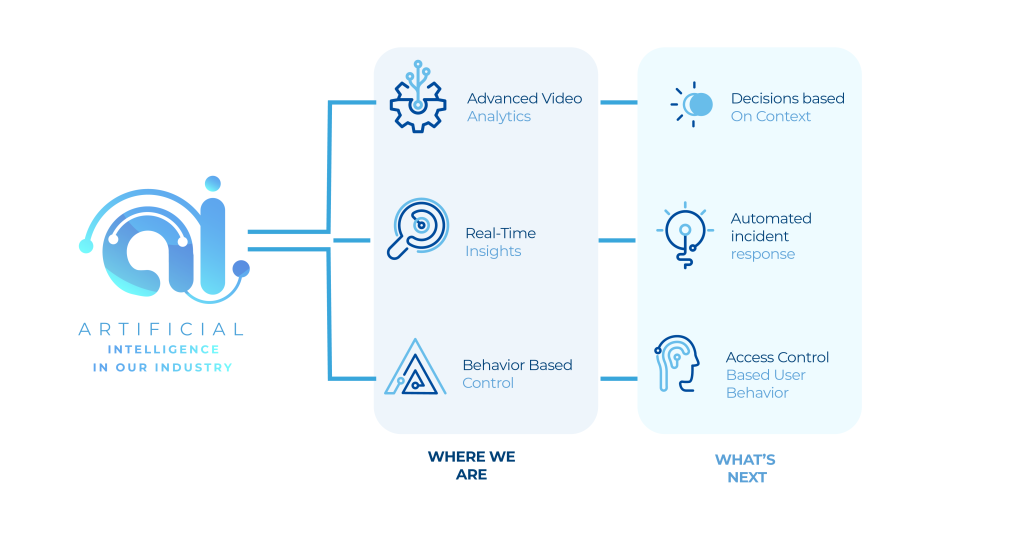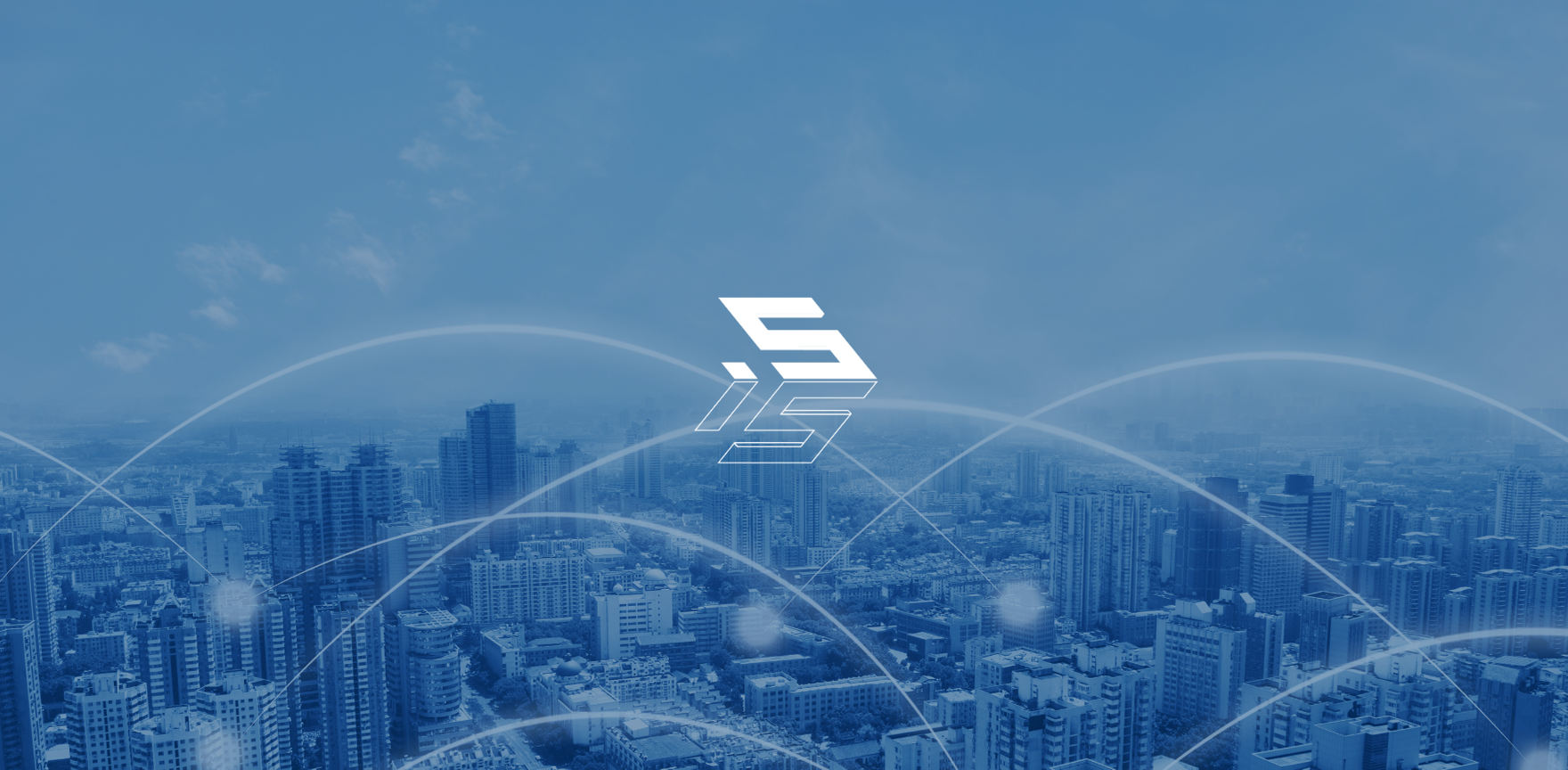A look at how AI-driven solutions are setting new standards for safety, efficiency, and innovation
By John Petruzzi, CEO, Unlimited Technology
The security industry is undergoing a transformative shift, with artificial intelligence (AI) leading the charge. For integrators like Unlimited Technology, AI is not just another tool—it’s a force reshaping the way we approach security challenges. From predictive analytics to real-time threat response, AI’s rapid evolution is opening new doors, while also presenting critical questions about control, ethics, and preparedness for what’s to come.
Where AI Stands Today
AI has redefined what security systems can achieve. Traditionally, monitoring systems relied on human oversight and simple automation. Now, AI-driven solutions can process and analyze massive amounts of data instantaneously, offering real-time insights that were previously impossible.
Take video analytics security as an example. AI algorithms are now capable of recognizing patterns, detecting suspicious activity, and even distinguishing between benign occurrences and legitimate threats. These video analytics systems are part of broader AI security solutions transforming surveillance operations. These systems have moved beyond static observation—they now act dynamically, helping security teams focus on actionable insights. In access control security systems, AI is enhancing protection through advanced biometrics like facial recognition and behavioral authentication. These smart security solutions create smoother and more secure user experiences for enterprises and high-risk sectors such as banking security systems, creating smoother and more secure user experiences.
AI has also made predictive analytics a core component of modern security strategies. By analyzing historical data and identifying patterns, systems can anticipate potential risks. This means organizations can adopt a proactive stance, responding to threats before they escalate into incidents.
The Road Ahead for AI
The evolution of AI in the security industry will continue to push boundaries, with future advancements making these systems more intelligent, intuitive, and adaptive.
Contextual Decision-Making: AI is on the path to integrating contextual awareness into its functionality. For example, by incorporating data from IoT devices, systems can make adjustments based on environmental factors like time, weather, or localized activity. This makes responses more precise and situationally appropriate, reducing errors and improving efficiency.
Automated Incident Response: The next wave of AI will focus on automating complex response protocols. Imagine AI security systems that, upon detecting an intrusion, can lock down areas, notify authorities, and redirect personnel. These video security solutions will help reduce human error and increase response times in critical environments — all without human intervention. This level of responsiveness can drastically reduce reaction times and mitigate potential harm.
Evolving Access Control will benefit from AI’s continuous learning capabilities. Instead of static permissions, access control security solutions will evolve to account for user behavior and adapt to new risks—enabling smart security systems that improve both protection and usability. This not only strengthens security but also minimizes disruptions for legitimate users.
Navigating the Challenges
With every technological leap, there are accompanying challenges. For AI in security, the most pressing concerns center around data privacy, complexity, and vulnerability to exploitation.
AI systems rely on significant amounts of data to function effectively. Whether applied in AI video management systems, AI security monitoring, or security camera analytics, this data is often personal or sensitive and must be protected, must be handled responsibly to meet both regulatory requirements and ethical standards. Organizations will need to implement robust governance to ensure compliance.
Another consideration is the expertise required to deploy and manage AI-driven systems. While these technologies can simplify processes, they demand a skilled workforce to unlock their full potential. Investment in training and development will be critical for organizations aiming to maximize returns on AI integration.
Finally, as AI becomes more sophisticated, so do the threats against it. Bad actors are already exploring ways to exploit AI or use it to enhance their attacks. Designing AI systems that are both effective and resilient to adversarial manipulation will be an ongoing challenge.

The Technological Singularity and Its Implications
The concept of the technological singularity—a theoretical point where AI surpasses human intelligence—adds an intriguing dimension to the security industry. While this milestone remains speculative, it underscores the importance of striking a balance between automation and human oversight.
In security, a future where AI independently learns and adapts could unlock unprecedented capabilities in threat detection and mitigation. Systems may one day autonomously identify complex risks or take preemptive action against evolving threats. However, these advancements also raise questions about accountability, ethical decision-making, and maintaining control over systems that might act beyond human understanding.
At its core, AI should remain a tool to enhance human capabilities—not replace them. By focusing on collaboration between humans and machines, the industry can ensure that AI continues to augment roles rather than overshadow them. Humans bring the critical judgment, adaptability, and ethical considerations that no machine can replicate. The singularity, if it comes, must be built on a foundation where technology empowers people, not the other way around.
Preparing for an AI-Driven Future
As AI evolves, so must our approach to integrating it into security infrastructure. Innovations like edge computing, which enables faster decision-making in remote environments, and seamless cloud integration will further expand AI’s capabilities. But success in this area will depend on collaboration—security integrators, technology developers, and end-users must work together to create solutions that are scalable, interoperable, and aligned with real-world needs.
At Unlimited Technology, we see AI as both a challenge and an opportunity. By staying on the cutting edge of AI advancements, we help clients navigate this rapidly changing landscape with confidence. Whether through advanced video analytics, smarter access control systems, or predictive security measures, our goal is to ensure that AI enhances safety while maintaining ethical and operational integrity.
The future of security is undeniably intertwined with AI’s evolution. By addressing its challenges head-on and leveraging its potential responsibly, we can redefine what it means to protect people, assets, and organizations in an increasingly complex world.
About the Author:
John A. Petruzzi, Jr., brings 30 years of experience in the security industry, specializing in leading business units for fully integrated security service providers and managing high-performing teams in risk-based cyber and physical security for Fortune 500 companies across the financial services, energy, commercial real estate, and telecommunications sectors. A former Non-Commissioned Officer in the United States Marine Corps, John holds CPP, CISM, and CBCP certifications. He is an active industry volunteer and served as President of ASIS International’s Global Board of Directors in 2021.




